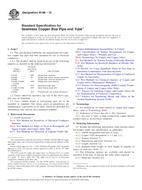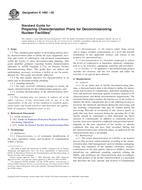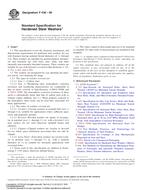Click here to purchase
le-phase and either liquid at ambient conditions, liquefiable with moderate heat, or soluble in hydrocarbon solvents. These materials can include diesel fuel, jet fuel, kerosine, other distillate oil, naphtha, residual oil, lubricating base oil, hydraulic oil, crude oil, unleaded gasoline, M-85 and M-100.
1.2 Interlaboratory studies on precision covered a variety of materials with sulfur concentrations ranging from approximately 3 mg/kg to 5.3 mass %. For a subset of these samples, with sulfur concentrations below 60 mg/kg, the repeatability standard deviation (S
1.3 Samples containing more than 5.0 mass % sulfur can be diluted to bring the sulfur concentration of the diluted material within the scope of this test method.
1.4 Volatile samples (such as high vapor pressure gasolines or light hydrocarbons) may not meet the stated precision because of selective loss of light materials during the analysis.
1.5 A fundamental assumption in this test method is that the standard and sample matrix are well matched. Matrix mismatch can be caused by C/H ratio differences between samples and standards (see ) or by the presence of other heteroatoms (see ).
1.6 The values stated in either SI units or angstrom units are to be regarded as standard.
This standard does not purport to address all of the safety concerns, if any, associated with its use. It is the responsibility of the user of this standard to establish appropriate safety and health practices and determine the applicability of regulatory limitations prior to use.
Product Details
- Published:
- 11/01/2005
- Number of Pages:
- 7
- File Size:
- 1 file , 110 KB
- Redline File Size:
- 2 files , 200 KB


